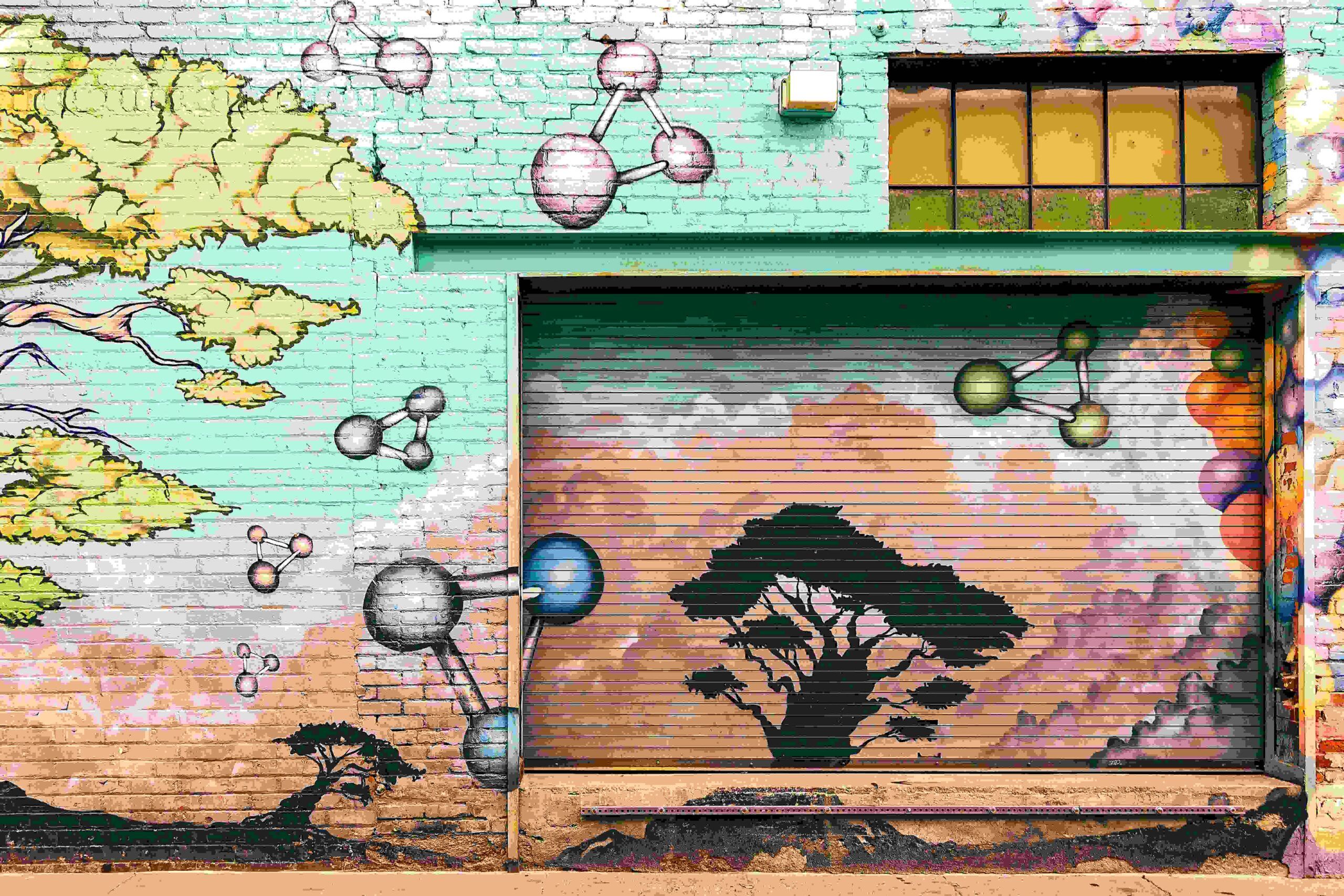
Street Art: How Public Spaces are Becoming Canvases for Expression
Article Level: B2
Explanation: Street art has evolved from rebellion to a celebrated global movement, transforming urban spaces into vibrant canvases. Highlighting social issues, fostering community pride, and sparking dialogue, it redefines public art while navigating challenges like impermanence and commercialization.
Read more: Street Art: How Public Spaces are Becoming Canvases for Expression
Audio File of the Article

Street Art: How Public Spaces are Becoming Canvases for Expression
Street art, once dismissed as vandalism, has evolved into a respected form of artistic expression that transforms public spaces into vibrant canvases. Across the globe, this genre has captured the imagination of communities, redefining the purpose and perception of urban environments. But what makes street art so compelling, and why has it become a significant cultural movement?
The Rise of Street Art
Originating in the countercultural movements of the 20th century, street art was initially a rebellious act, challenging societal norms and authority. Early examples often involved graffiti tags or stencilled messages intended to provoke thought or highlight social injustices. Over time, these works evolved from crude markings into intricate designs, gaining recognition as legitimate art forms. Today, cities such as London, Berlin, and Melbourne are renowned for their vibrant street art scenes, attracting artists and tourists alike.
A Canvas for Expression
Street art allows artists to communicate directly with the public, bypassing the exclusivity of galleries and museums. Murals often reflect local culture, history, and pressing social issues, making them deeply resonant with the communities they inhabit. For instance, Banksy, the enigmatic British artist, uses his work to critique political systems and environmental concerns, sparking conversations worldwide.
Moreover, street art creates opportunities for collaboration. Many urban areas now host festivals and projects that bring together artists, residents, and authorities to revitalise neglected neighbourhoods. The transformation of once-derelict walls into masterpieces fosters a sense of pride and identity within these spaces.
Challenges and Controversies
Despite its popularity, street art is not without challenges. The line between art and vandalism remains contentious, as unauthorised pieces can lead to legal repercussions. Additionally, commercialisation poses a dilemma; while some artists benefit from commissions and sponsorships, others argue this dilutes the authenticity of the art form.
Another issue is preservation. Street art is inherently ephemeral, subject to weather, development, and overpainting. However, this impermanence is part of its allure, reflecting the dynamic and ever-changing nature of urban life.
The Future of Street Art
As street art continues to gain traction, its role in shaping urban landscapes is undeniable. With advancements in technology, artists now experiment with augmented reality and interactive installations, further blurring the lines between traditional art and modern innovation. Public spaces are increasingly seen as platforms for storytelling, creativity, and dialogue, ensuring street art remains a powerful cultural force.
Conclusion
In conclusion, street art has transformed from an act of rebellion into a celebrated global movement. By turning public spaces into canvases, artists challenge perceptions, inspire change, and bring communities together. This evolving art form reminds us that beauty and meaning can be found in the most unexpected places.

We’d love to hear your thoughts! Join the conversation by leaving a comment below. Sharing your insights, questions, or experiences can help you connect with others in our English learning community. It’s a great way to practice your English skills, engage with like-minded individuals, and improve together. Don’t be shy—jump in and let’s keep the discussion going!

 EnglishMasteryHub
EnglishMasteryHub